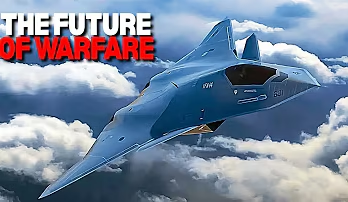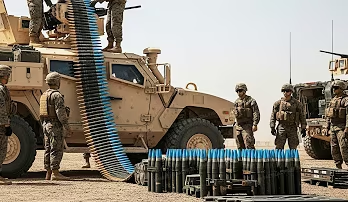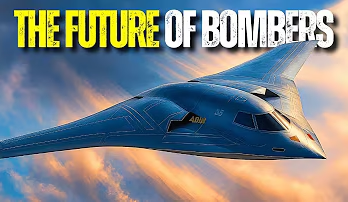B-2 vs H-20 vs Tu-160 — Who Really Dominates the Skies?
In the shadowy world of strategic bombers, three titans stand out: America’s B-2 Spirit, China’s H-20, and Russia’s Tu-160. Each represents the cutting edge of stealth, speed, and long-range power projection. But in a head-to-head comparison, which one truly dominates the skies?
Let’s start with the B-2 Spirit, the most battle-proven and iconic stealth bomber in history. Developed by Northrop Grumman and entering service in the 1990s, the B-2 was designed to sneak past even the most advanced radar systems. Its unique flying wing design and radar-absorbent coating give it unmatched stealth capabilities. The B-2 can carry both conventional and nuclear weapons, with a range of over 6,000 nautical miles without refueling. Despite being nearly 30 years old, continuous upgrades in avionics, sensors, and electronic warfare systems have kept it ahead of the curve. Its biggest downside? Cost — each unit is worth over $2 billion, and the U.S. only has 20 in operation.
Now enter China’s H-20, a mysterious newcomer still under development but rapidly closing the gap. Built by Xi’an Aircraft Industrial Corporation, the H-20 aims to be China’s first true stealth bomber. While not yet publicly revealed, leaks and military reports suggest it will resemble the B-2 in shape and mission profile. Expected to have a range of around 5,000 miles and carry both nuclear and conventional payloads, the H-20 is designed for deep-strike missions that could reach Guam or even Hawaii from mainland China. If successful, it will give China a true nuclear triad and the ability to threaten targets far beyond Asia — but as of now, it remains unproven.
Then there’s the Tu-160 “White Swan”, Russia’s answer to strategic air dominance. It’s the world’s fastest and heaviest bomber — a Cold War-era design that’s been modernized with new engines, avionics, and weapons. The Tu-160 can fly at Mach 2 and cover over 7,500 miles without refueling. While not stealthy, it relies on speed, altitude, and long-range cruise missiles to strike from afar. Russia is also producing updated variants, like the Tu-160M, with enhanced survivability and electronics. However, it’s a loud, radar-visible platform — more of a brute-force approach compared to the surgical stealth of the B-2.
So who dominates?
If stealth and survivability are the top criteria, the B-2 still reigns supreme. No other bomber has proven it can penetrate dense air defenses and return undetected. If speed and raw firepower are the deciding factors, the Tu-160 takes the crown. And if emerging threat and future potential matter most, the H-20 could disrupt the balance once it becomes operational.
In reality, each bomber reflects its nation’s strategic doctrine: America’s emphasis on surgical stealth, Russia’s brute-force missile projection, and China’s push for global reach.
But for now, in terms of capability, experience, and proven dominance — the B-2 Spirit still holds the high ground.


